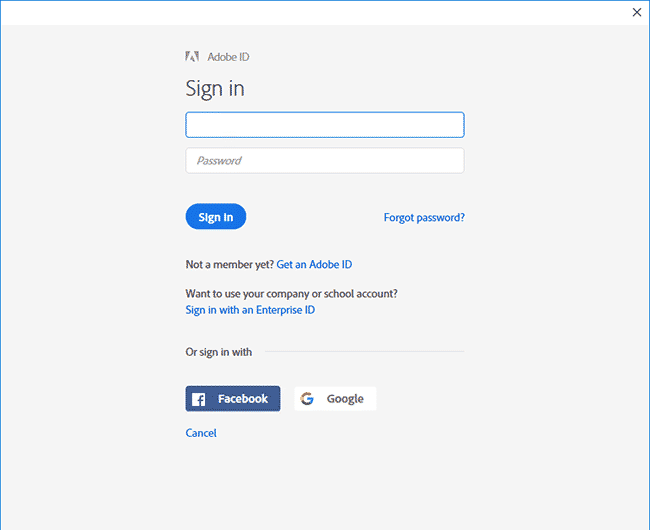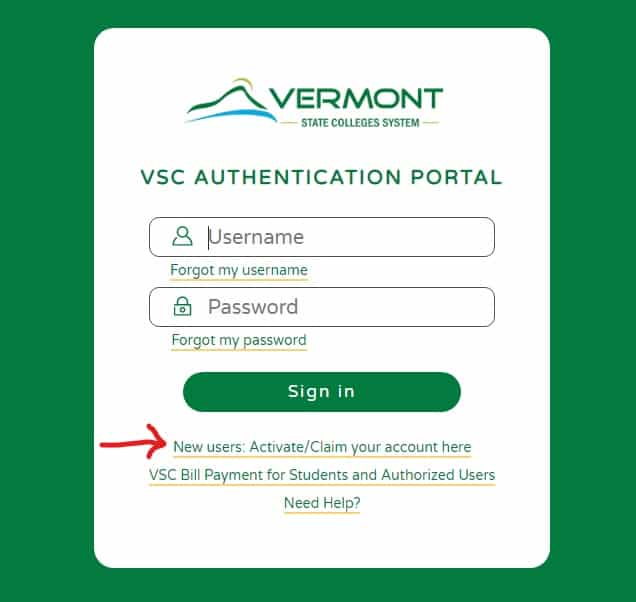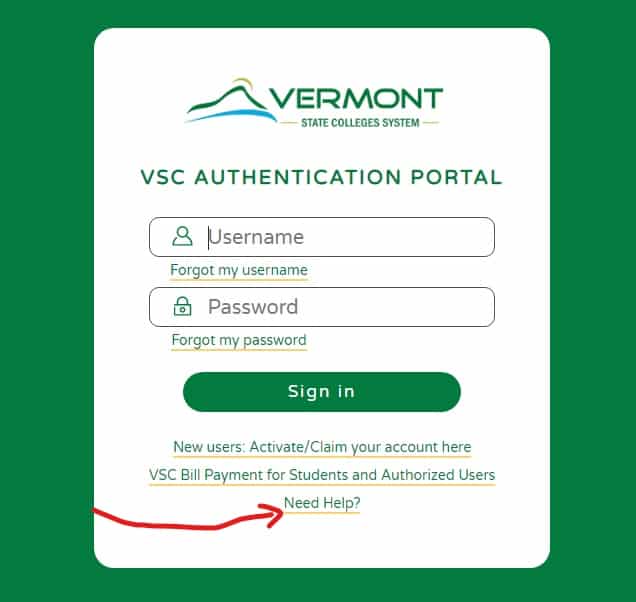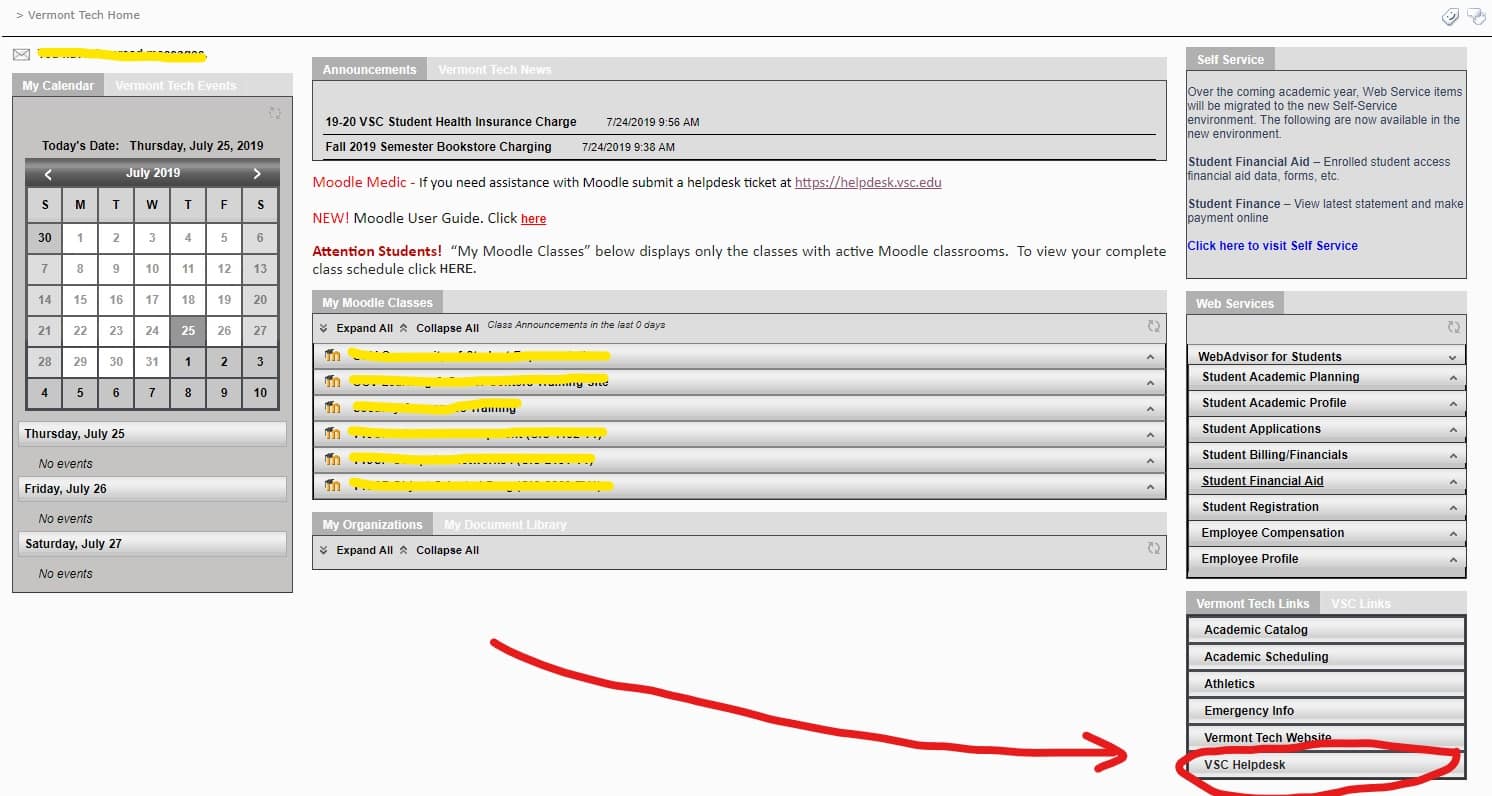Laptop Recommendations Our Nursing programs utilize telepresence classrooms and web-based testing software, allowing these programs to reach students statewide. This reliance on technology means it is very important for all Nursing students to have their own laptop. In addition to the following hardware specifications there are some restrictions to keep […]
Laptop Recommendations
Our Nursing programs utilize telepresence classrooms and web-based testing software, allowing these programs to reach students statewide. This reliance on technology means it is very important for all Nursing students to have their own laptop.
In addition to the following hardware specifications there are some restrictions to keep in mind when selecting a laptop:
- Chromebooks and tablets (Android, Windows, or iPads) will not be able to run the testing software and are thus not supported.
- Older Macbooks may not be compatible with the testing software, so any Macbooks older than 3 years are not supported.
Operating System
Windows 10 (64-Bit), or MacOS 11.x (Big Sur)
Processor
Minimum Intel i5; Recommended Intel i7
Memory (RAM)
8 GB minimum; Recommended 16 GB
Hard Drive
Minimum 256 GB SSD (Solid State Drive)
Webcam
Built-in or external with built in microphone (headset/earbuds recommended) to allow for future remote delivery in some courses, remote office hours, remote tutoring, etc.
Warranty
3 Year on-site service support with accident damage coverage (4 Year is highly recommended)
Laptop Recommendations While all of the software you need is available in designated computer labs on campus, it is highly recommended that students entering the Engineering programs purchase a laptop to ensure easy access to these applications. However, due to the nature of these applications your laptop must meet the […]
Laptop Recommendations
While all of the software you need is available in designated computer labs on campus, it is highly recommended that students entering the Engineering programs purchase a laptop to ensure easy access to these applications. However, due to the nature of these applications your laptop must meet the minimum specifications listed below. Note that M1 Macbooks, Chromebooks, and tablets cannot run the required software and are not supported.
Academic Programs Covered:
- Architectural & Building Engineering Technology
- Civil and Environmental Engineering Technology
- Electrical Engineering Technology
- Electromechanical Engineering Technology
Operating System
Windows 10 (64-Bit)
Processor
Minimum Intel 9th Gen i5 or i7; Recommended Intel 10th or 11th Gen i7. Minimum speed: 2 GHz, 4 Core
Memory (RAM)
16 GB minimum; Recommended 32 GB
Hard Drive
Minimum 500 GB SSD (Solid State Drive); Recommended 1 TB SSD
Video Card
4 GB, DirectX 11 Compatible
USB Ports
Minimum 4 or a Hub
Webcam
Built-in or external with built in microphone (headset/earbuds recommended) to allow for future remote delivery in some courses, remote office hours, remote tutoring, etc.
Warranty
3 Year on-site service support with accident damage coverage (4 Year is highly recommended)
Laptop Recommendations While all of the software you need is available in designated computer labs on campus, it is highly recommended that students entering the Electrical and Electromechanical Engineering programs purchase a laptop to ensure easy access to these applications. However, due to the nature of these applications your laptop […]
Laptop Recommendations
While all of the software you need is available in designated computer labs on campus, it is highly recommended that students entering the Electrical and Electromechanical Engineering programs purchase a laptop to ensure easy access to these applications. However, due to the nature of these applications your laptop must meet the minimum specifications listed below. Note that M1 Macbooks, Chromebooks, and tablets cannot run the required software and are not supported.
Operating System: Windows 10 (64-Bit)
Processor: Minimum Intel 9th Gen i5 or i7; Recommended Intel 10th or 11th Gen i7. Minimum speed: 2 GHz, 4 Core.
Memory (RAM): 16 GB or higher
Hard Drive: Minimum 500 GB SSD (Solid State Drive); Recommended 1 TB SSD
Video Card: 4 GB, DirectX 11 Compatible
USB Ports: Minimum 4 or a Hub.
Webcam: Built-in or external with built in microphone (headset/earbuds recommended) to allow for future remote delivery in some courses, remote office hours, remote tutoring, etc.
Warranty: 3 Year on-site service support with accident damage coverage (4 Year is highly recommended)
To our internal community: don’t see resources you might be looking for? Please visit one of our several Canvas resource sites linked below. Please note you will have to authenticate in to access and permission will be granted based on your role at the college: IT support for students: https://vsc.instructure.com/courses/17025 […]
To our internal community: don’t see resources you might be looking for? Please visit one of our several Canvas resource sites linked below. Please note you will have to authenticate in to access and permission will be granted based on your role at the college:
IT support for students: https://vsc.instructure.com/courses/17025
This Canvas site is designed to introduce students to a variety of resources, including how-to on Canvas, Zoom, and other key resources to successfully learn online.
IT support for faculty and staff: https://vsc.instructure.com/courses/21114
This Canvas site is designed to support faculty and staff on a variety of technologies including Canvas, Zoom, YuJa, and more. If you are not finding documentation on this support site, we encourage you visit this site where there is expanded resources, tutorials, and how-tos!
Getting Started with Canvas: https://vsc.instructure.com/courses/19917
This Canvas site provides a deep dive into learning Canvas. You are welcome to visit the general Canvas links provided on this site, as well, but this Canvas course will provide a more “personal touch” on getting started with Canvas.
Aviso: https://vsc.instructure.com/courses/19724
This Canvas site provides resources and documentation of how to get started with Aviso, our new advising platform.
How to teach online: https://vsc.instructure.com/courses/20730
This Canvas site was designed by faculty, for faculty. It focuses on course design best practices and engages faculty in content and resources to help consider how you might adapt your teaching materials for new modalities of delivery!
Going forward, you will need an Adobe account in order to use any Creative Cloud application. When you open an Adobe app for the first time on any school-owned computer you will be presented with this window: If you already have a personal Adobe account you can use that to […]
Going forward, you will need an Adobe account in order to use any Creative Cloud application.
When you open an Adobe app for the first time on any school-owned computer you will be presented with this window:

If you already have a personal Adobe account you can use that to sign-in to any Vermont Tech computer.
If you do not have an Adobe account, you can create one from the sign in window of the app that you opened (like the screenshot above) or open a web browser and go to www.adobe.com and click on the “Sign In” link in the top-right corner.
You will need your College ID number. Manually enter portal.vsc.edu into your URL address bar At the login page, click “New Users: Activate/Claim Your Account” On the following screen, enter ALL information with a * . From here, you will be taken to a page to set up your […]
You will need your College ID number.
Manually enter portal.vsc.edu into your URL address bar

At the login page, click “New Users: Activate/Claim Your Account”

On the following screen, enter ALL information with a * .

From here, you will be taken to a page to set up your password. The rules for this password are on the lower right hand side. You MUST meet all these rules.
It is also strongly suggested that you DO NOT use any part of your name, birth date, or school username as your password.
Once the page confirms your password has been set, you should exit out of the browser completely. Re-open the browser and manually type into the URL address bar portal.vsc.edu.
Log in with your new password.
If you have any problems, please contact IT by creating a work order at servicedesk.vsc.edu or by calling (802) 728-1721.
Or, if you have been prevented from moving past the “Claim Account” screen, please contact Key Student Services at (802) 728-1302
For most of these guides, you will need the following: Your College ID number. Students can get their College ID number by contacting Key Student Services at (802) 728-1302. Faculty/Staff can get their Employee ID number by contacting Payroll at (802) 728-1211. A valid email and phone number on file […]
For most of these guides, you will need the following:
- Your College ID number.
- Students can get their College ID number by contacting Key Student Services at (802) 728-1302.
- Faculty/Staff can get their Employee ID number by contacting Payroll at (802) 728-1211.
- A valid email and phone number on file with VTC.
The Service Desk is here for Users when all else has failed. There are several ways to contact VTC’s IT department. Why do I need to do an IT Work Order? Can’t I just call? The IT department enjoys interacting with Students, Faculty, Staff, and the public. The Work Order […]
The Service Desk is here for Users when all else has failed. There are several ways to contact VTC’s IT department.
Why do I need to do an IT Work Order? Can’t I just call?
The IT department enjoys interacting with Students, Faculty, Staff, and the public. The Work Order is not to deter that interaction. It is important, however, to document ANY and ALL work done, beginning at the time it is requested.
It also insures that the job is not lost among the many others that IT is being asked to do.
1. From the Portal Login page

2. After you log in
- At the very top, right hand side of your Portal page, click the

- Or, click the “VSC Servicedesk” link in the Vermont Tech Links section of the Portal page

3. Lastly, you can type it into your URL address bar
You are given the option to either choose a template, or create your own helpdesk ticket. Either way is fine.
If you can’t find a template that fits your particular needs, click “Create Ticket”.
Please enter ALL information with a * , and be as detailed as you can about your issue. This could include: How long it’s been happening, The wording of the error messages, What you have tried in order to fix the problem, Screenshots are welcome, etc.
This is, by far, the most common Error message received by Portal users. The reason for this error could be one of a few things: Username was entered incorrectly. This could be a mistyping, caps lock may have been on, or the username being entered is incorrect. If […]

This is, by far, the most common Error message received by Portal users. The reason for this error could be one of a few things:
Username was entered incorrectly. This could be a mistyping, caps lock may have been on, or the username being entered is incorrect. If you believe the username is incorrect, visit our Forgot Username page.
Password was entered incorrectly. The main difference between a password error and a username error is that there is the possibility that your password has expired. If you believe the password might be expired, visit our Forgot Password page.
“Dead Link”. The Portal login page uses Cookies, or Sessions, to log visitors. By using a link from an email, Google search, or Browser bookmark, you are attempting to use old and outdated information. To avoid this:
- Manually enter portal.vsc.edu into your URL address bar.

- Bookmark the page after logging in
- Clear your browsers cache (saved data from websites). You can find how to do this by looking at your browsers documentation, or doing a search.
You may also get this error if the account has been locked. This usually happens because of too many attempts to access the account. This applies to mobile devices: cell phones, tablets, laptops, other smart devices, etc. These devices store the user password and automatically attempt to connect to the VTC network when in range. Please update the passwords on these devices as soon as possible. If after 30 minutes, and you have already updated your password on your devices, you are still receiving this error, please contact VTC’s IT department by calling (802)728-1721 or servicedesk.vtc.edu








